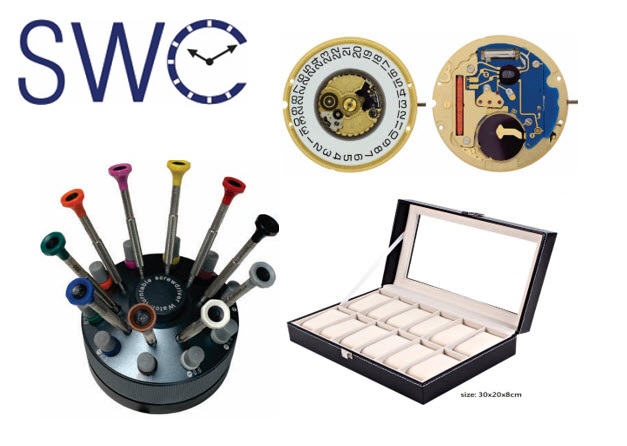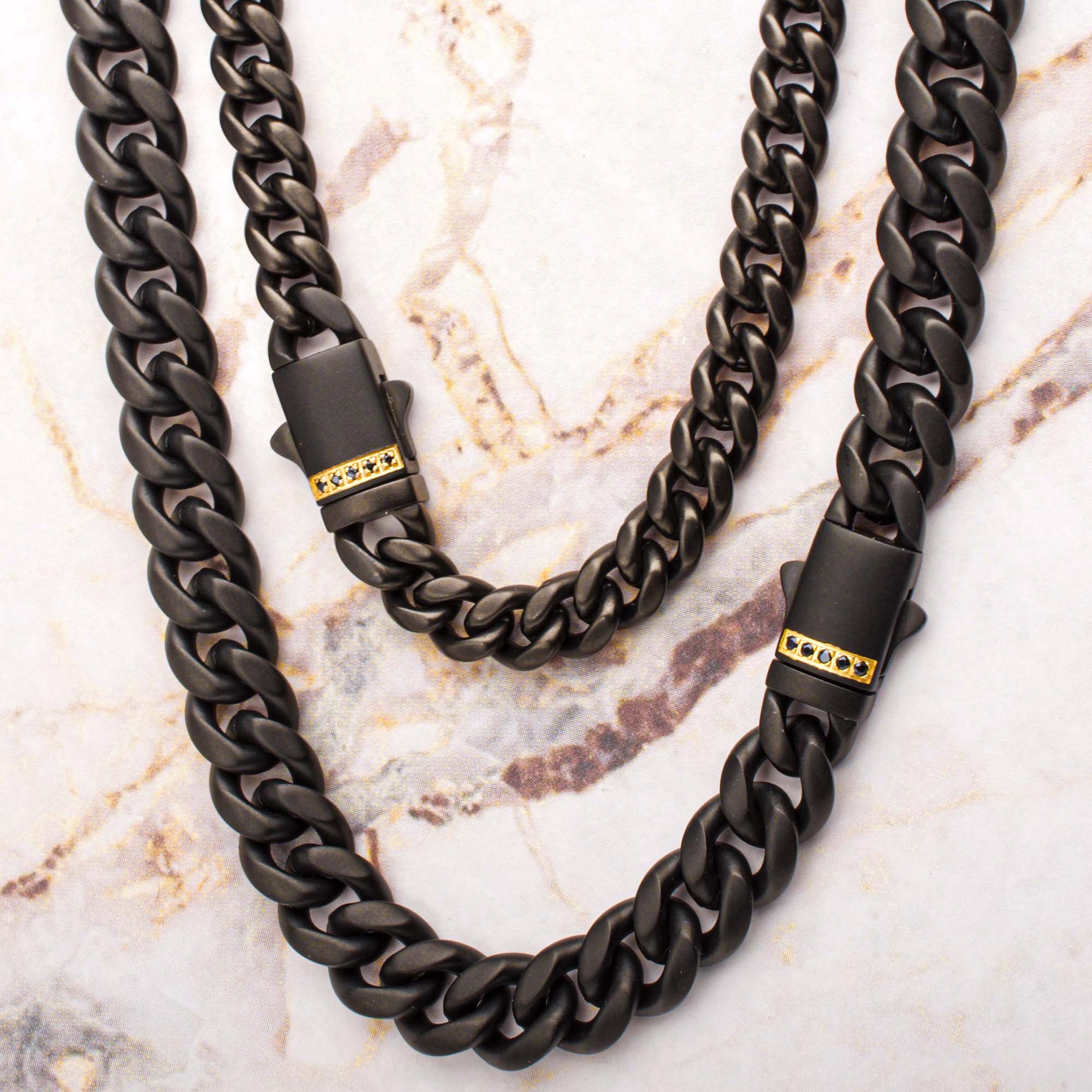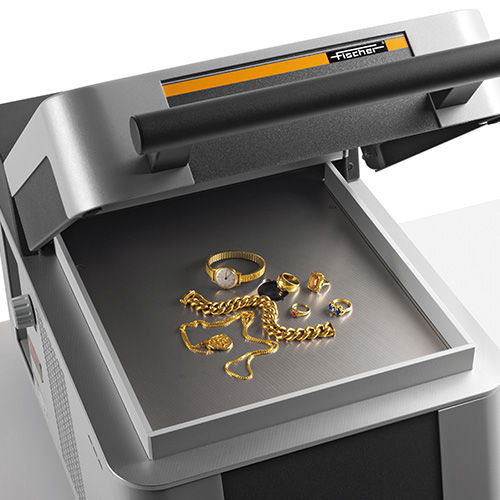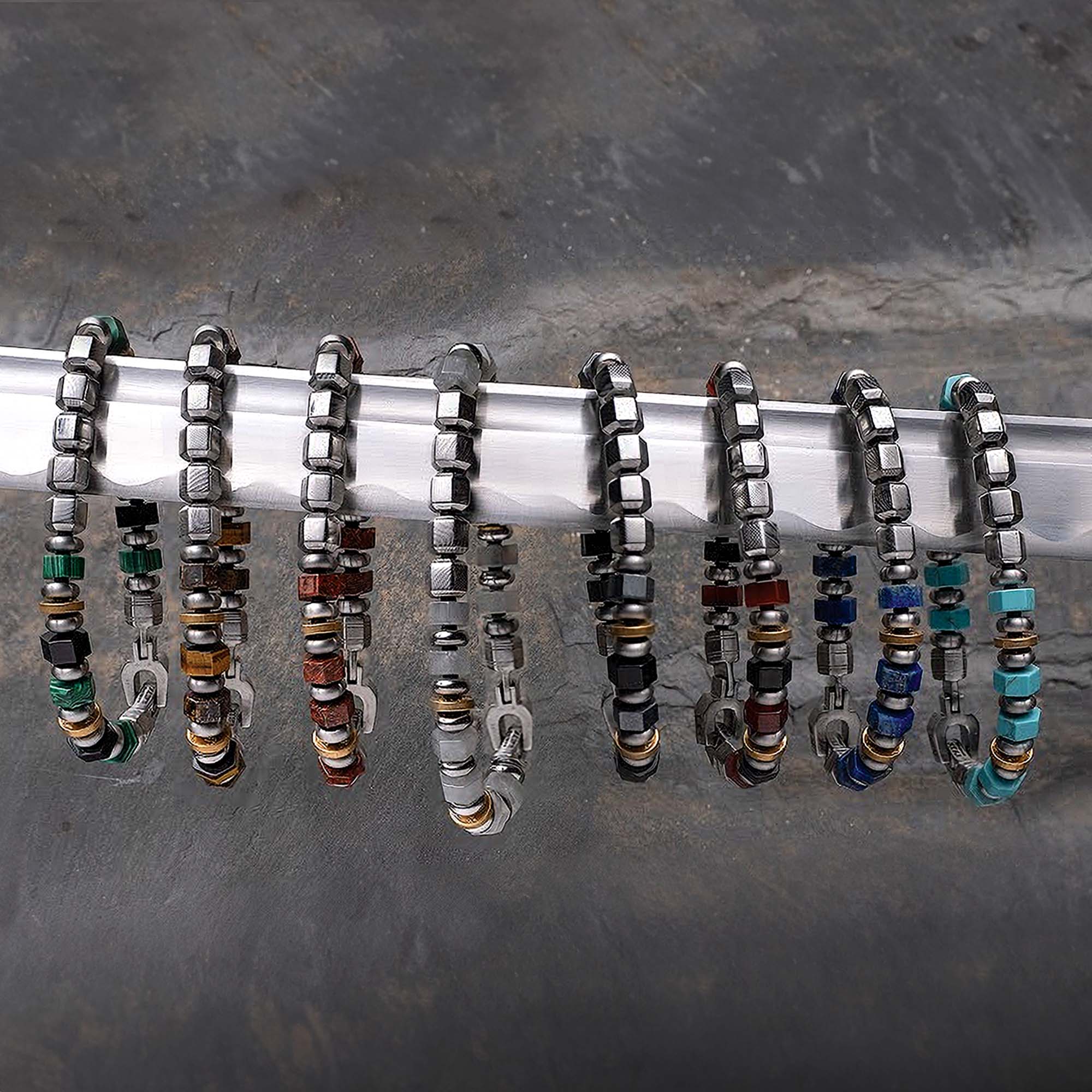Men of steel: Drawing in male customers with alternative materials
Stainless steel style
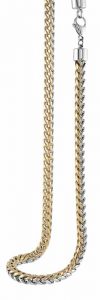
Photo courtesy Italgem Steel
Traditionally, men’s jewellery (such as wedding bands, signet rings, and cufflinks) was primarily manufactured in precious metals, but stainless steel has become a rising star in the category. It provides benefits including durability, hypoallergenic properties, more accessible pricing, and style, according to Leonard Isayev, CEO of Kingsmen Ltd. (the Canadian distributor of watch brand Paul Hewitt and jewellery brand Les Georgettes, which recently launched a men’s line).
“The advantages of stainless steel jewellery, especially for men, are that it feels heavy and looks strong,” adds Beukenkamp. “It’s hassle-free in terms of quality, with very few plating or wear and tear issues. Hinges and other movable parts last very long, and most importantly, the platings stay for a very long time.”
Any plating in stainless steel is principally done by ion plating (IP), which generally proves longer-lasting than other metal plating techniques in fashion jewellery. IP is a physical vapour deposition (PVD) process and is a version of vacuum deposition. (This information is derived from en.wikipedia.org/wiki/Ion_plating.)
Mamane also notes stainless steel provides a more far affordable price point than gold and silver, as well as offering resistance to corrosion, rust, oxidation, and discolouration (and therefore greater return on investment [ROI]).
“It is also unplated in nature, which prevents fading and chipping over time while allowing the design to retain its shape more dutifully,” he says. “Lastly, it is an excellent alternative for those with allergies and sensitivities to base metals such as copper and brass.”
This metal’s resistance to rust and tarnish, hypoallergenic nature, and advantageous retail price point make it very attractive, especially to younger customers with more limited budgets and greater desire for diversity. The accessible price of stainless steel allows these consumers to try more different styles.
The stainless steel alloy most commonly used in jewellery is 316L (also known as surgical steel), because it contains low amounts of carbon and nickel. It is best suited for prolonged wear and body piercings.
Drawbacks of stainless steel
“One of the biggest cons of stainless steel jewellery is it is not a precious metal. Although stainless steel can ultimately achieve the same shine and look as other metals (like sterling silver, platinum, or gold), it does not encompass the same value,” says Mamane. “Some may find when gifting stainless steel jewellery, it does not convey the same message as precious metals.”
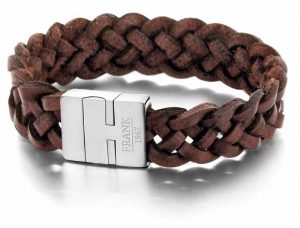
Photo courtesy Frank 1967
Isayev also says the metal can limit flexibility when it comes to making adjustments for comfort and size.
“It’s not a luxurious material, and it’s a heavier metal,” he says.
For example, stainless steel rings are difficult to resize compared to their precious metal counterparts, but as U.K. brand Man Up Jewellery points out on its website, the lower price point makes it easier to replace a stainless steel ring if required.

